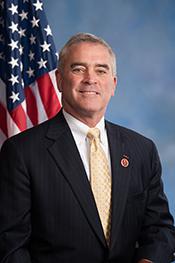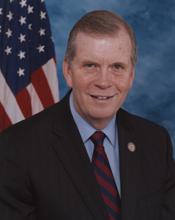0
Heroin and Prescription Opioid Abuse Prevention, Education, and Enforcement Act of 2015
1/11/2023, 1:30 PM
Congressional Summary of HR 2805
Heroin and Prescription Opioid Abuse Prevention, Education, and Enforcement Act of 2015
This bill requires the Department of Health and Human Services (HHS), in cooperation with the Department of Veterans Affairs, the Department of Defense, and the Drug Enforcement Administration (DEA), to convene a Pain Management Best Practices Inter-Agency Task Force to develop and study best practices for pain management and prescription of pain medication.
This bill amends the Public Health Service Act to revise and extend through FY2020 the controlled substance monitoring program.
Government entities receiving nonidentifiable information from a controlled substance monitoring database for research purposes may make that information available to other entities for research purposes.
A state receiving a grant for a controlled substance monitoring program must: (1) facilitate prescriber and dispenser use of the state's controlled substance monitoring system, and (2) educate prescribers and dispensers on the benefits of the system.This bill amends the Omnibus Crime Control and Safe Streets Act of 1968 to extend the Edward Byrne Memorial Justice Assistance Grant Program through FY2020.
HHS must advance education and awareness of the risk of abuse of prescription opioids (drugs with effects similar to opium).
The Office of National Drug Control Policy (ONDCP), in coordination with HHS and the DEA, must establish a national drug awareness campaign that emphasizes the similarities between heroin and prescription opioids.
The DEA, in coordination with HHS and ONDCP, may make grants to state, local, or tribal governments to create demonstration programs to allow first responders to prevent opioid overdose death by administering an opioid overdose reversal drug (e.g., naloxone).



